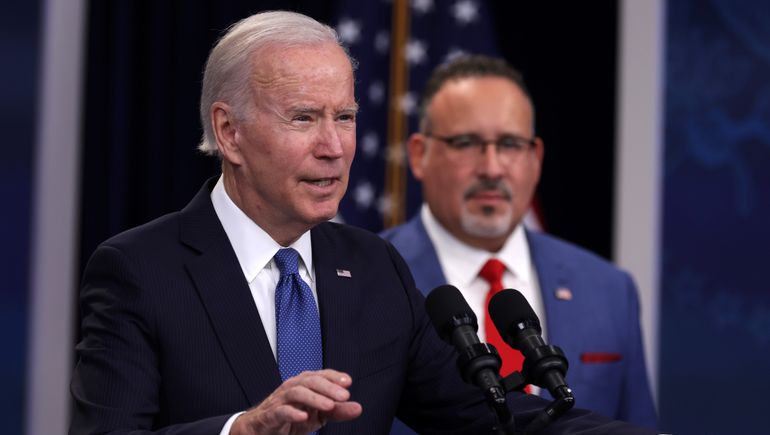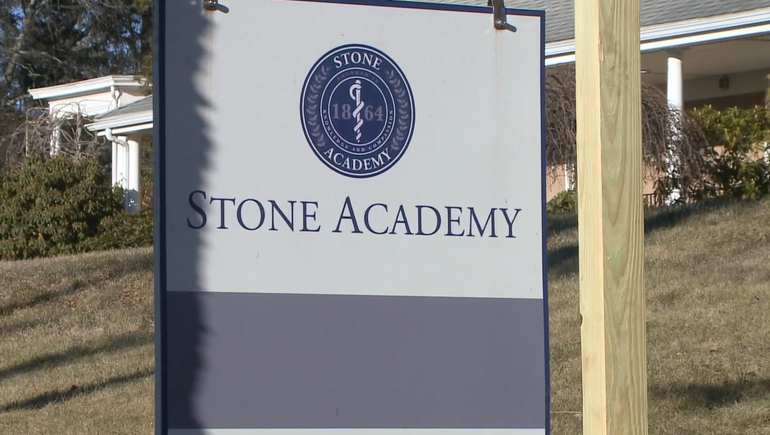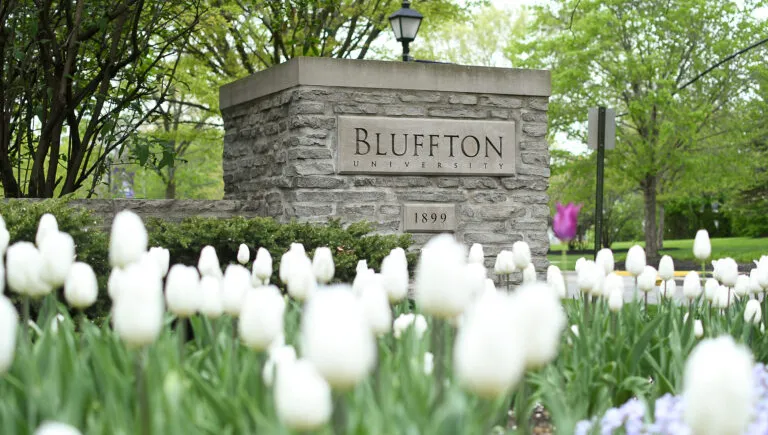[ad_1]
In January, the U.S. Department of Education asked for feedback on a plan to publish a list of college programs with low financial value to students and solicited opinions on what factors the agency should consider when constructing the ranking.
The announcement mimics an earlier idea from the Obama administration, which crafted a plan to rate all U.S. colleges and shame bottom-ranking institutions that saddled students with debt burdens they couldn’t afford. That system never came to fruition amid heavy criticism, echoes of which can be heard in concerns about the Biden administration’s new stripped-down version.
The Education Department gave the public until Feb. 10 to provide feedback. Comments poured in from every corner of the higher education sector, including policy advocates, student borrowers and groups representing private and public colleges. Though many voiced support for the list and offered up ideas for how it should be built, other influential groups rejected the idea altogether.
Those opposed include higher education’s top lobbying group, the American Council on Education. ACE President Ted Mitchell, a former under secretary in the Education Department during the Obama administration, wrote a letter on behalf of almost two dozen higher education organizations, including those representing land-grant institutions, community colleges, financial aid administrators and student affairs officials.
While Mitchell applauded the Education Department’s goal of ensuring colleges don’t leave students with onerous debt levels, he argued it’s not possible to create a metric that would determine programmatic value across a wide variety of colleges.
Some of the challenges are technical — Mitchell argued that the data systems the Education Department could use are incomplete and wouldn’t provide enough information to accurately determine the payoff of certain programs. But importantly, Mitchell said, the value of college programs can’t be reduced to mere financial value.
“We share the Department’s desire to help inform students and to shed light on bad actors,” Mitchell wrote. “But unless the significant data gaps and fundamental flaws can be resolved, moving forward with such a list as a public tool intended for consumer information is likely to do far more harm than good.”
Who is in favor of the list?
Other groups voiced full-throated support for publishing the list.
Public policy experts from Arnold Ventures, a philanthropic organization, argued that too many students graduate from programs unable to find jobs and pay their loans. They also pointed to research showing that Americans are growing increasingly skeptical about the value of higher education.
These issues could worsen due to recent federal policies. For instance, if President Joe Biden is able to push through his plan to forgive broad amounts of student debt, colleges may “seize the opportunity” to increase their tuition to capture more federal financial aid, argued the Arnold Ventures experts, higher education fellow Clare McCann and vice president of education Kelly McManus.
They said the same could be true of changes to income-driven repayment plans, which allow borrowers to have their loans forgiven after they make a certain number of payments based on their income. Experts predict recent regulatory proposals would vastly increase the number of borrowers who do not fully pay back their federal student loans.
Increased transparency — along with more stringent regulations — could help students avoid low-quality programs, the Arnold Ventures policy experts contended. They suggested that the Education Department should rely on two ways to measure the financial value of programs: the ratio of debt to earnings that borrowers hold and whether they earn at least as much as local high school graduates.
“The debt-to-earnings rate effectively identifies programs that leave students too deeply indebted for their educational programs,” they wrote. “The earnings threshold effectively identifies programs where students are not better off than they likely would be had they never enrolled in college.”
What else is needed?
Not all commentators put forth the same suggested measures. Scott Pulsipher, president of Western Governors University, an online institution with roughly 140,000 full-time students, argued that the Education Department should use a metric to measure a program’s return on investment.
Western Governors, for instance, partly measures a program’s return by looking at graduates’ median pay increase two years after they finished their credential. The university’s measure also takes into account how much the program costs and how many years a student has left until they reach retirement age. Nearly 9 in 10 of Western Governors’ students are 25 and over, according to federal data.
“WGU caps the earnings at two years post-graduation to narrow the window believed to be attributed to earning the degree,” Pulsipher wrote. “The appropriate attribution window may vary by program but should definitely be limited to a reasonable timeframe given that today’s workforce is continually re-skilling and up-skilling.”
Others crafted ideas to account for programs that prepare students for important societal roles but don’t provide large earnings, such as social workers and K-12 teachers.
David Schejbal, president of Excelsior University, a roughly 17,000-student online college, proposed using “a social value multiplier” for programs that lead to these types of jobs. Essentially, the Education Department would multiply the salaries of graduates of certain programs when building the list “to assess their holistic value and account for the social impact and import of the work.”
For instance, Schejbal wrote, the social value of a schoolteacher could be four or five times the salary they are receiving. For a teacher making $40,000 annually, that would translate into a holistic value of up to $160,000.
Schejbal acknowledged that this metric would not help root out programs that leave students worse off.
“Clearer learning outcomes, a focus on competencies, and other metrics must be developed to identify bad programs that fail to properly educate students, regardless of the academic areas or the salaries they command,” he wrote.
[ad_2]
Source link









